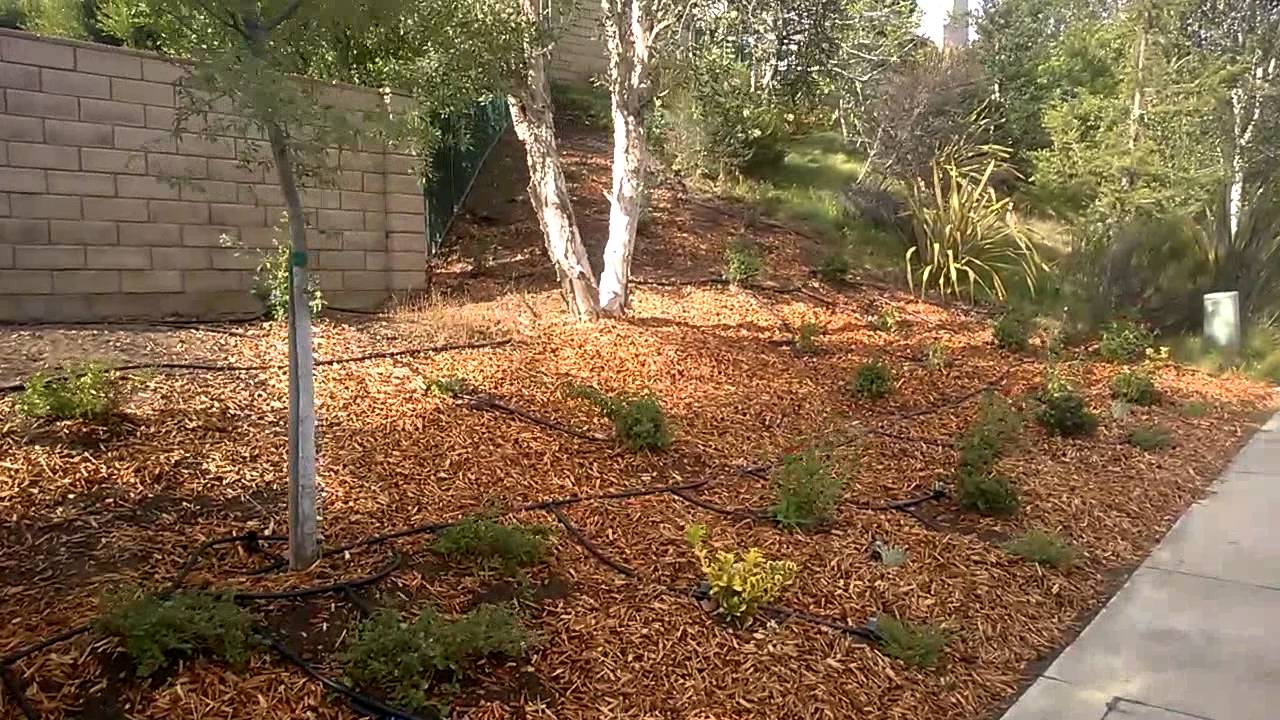- About Us
- Our Work
- Tree Info
- Get Involved
- Blog
- Volunteer
- Support Us
By Canopy Team on July 4, 2016

There’s no question that Californians still need to save water. Long-term water deficits persist and longer dry spells are likely the new normal in our state.
Locally, Palo Alto’s water supplier has requested a 10% reduction in Citywide water consumption compared to 2013 levels, and the City recently updated its water use restrictions to achieve this target.
Faced with a hotter, drier future, investing in urban trees is more important than ever. Urban trees are the most valuable element of the urban landscape, and represent a long-term investment in community health.
Trees are key to combat climate change, support human wellbeing, and contribute to vibrant, sustainable communities. A well-managed urban forest saves more water than it consumes!
Here are 4 tips to help you save water and save trees:
Different trees have different water and care requirements. To determine how much and how often your tree needs water, consider:
Besides proper watering, the best thing you can do for your tree is to apply mulch over its root system.
Properly applied, mulch:

Mulching a young street tree
Mulching Tips:

Image courtesy of Madison Tree Care & Landscaping
It may look tidy, but traditional turf can suck up a lot of water without offering much in the way of environmental benefits.

Landscaping with the lawn removed from around the trees
Remove your lawn or let it go golden.
Since more than half of outdoor water is used on lawns, removing your lawn, letting it go golden, or substituting drought-tolerant native grasses can help lower your landscape water use. As an added bonus, many cities (as well as Santa Clara Valley Water District) offer rebates for lawn removal.
But help your trees transition!
Trees surrounded by lawn develop shallow roots and are accustomed to frequent shallow watering. They can adapt, but will need time to adjust to a less frequent, deeper watering pattern. Use mulch liberally to help with this transition. Consider installing a drip system.
More info:
Planting new trees to replenish the urban forest is more important than ever.
To maximize benefits, however, it’s important to plant the right tree in the right place, and choose species that can withstand future drought conditions.

Volunteers preparing a tree for planting
Choose climate-appropriate, drought-tolerant species. Visit the Canopy tree library for help choosing the right tree for your site.
Match the tree to its location. A properly sited tree will be healthier and longer-lived. Consider factors including: existing access to water, soil type, shade, and overhead wires.
More info: